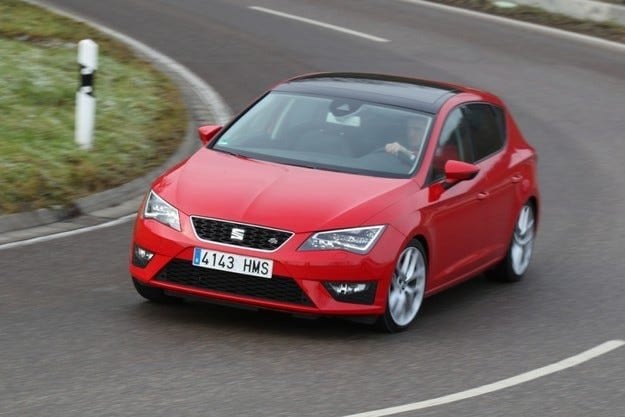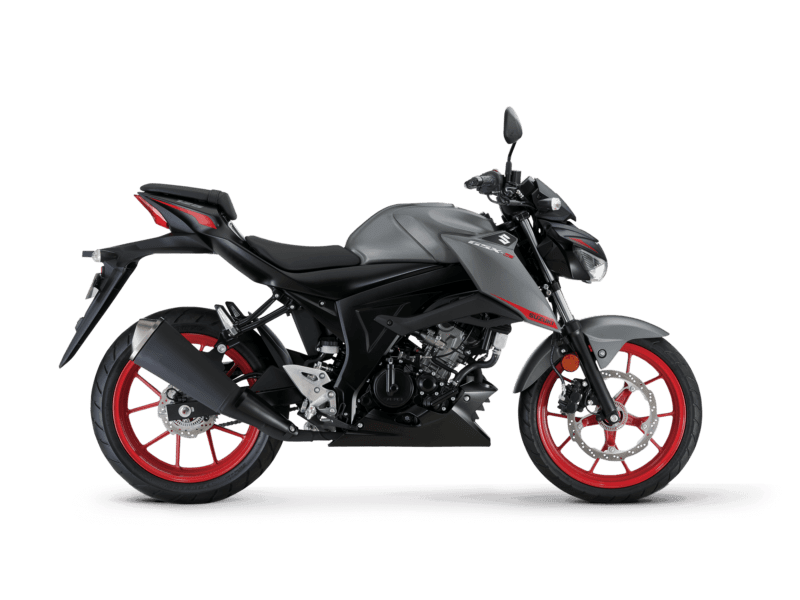
Test drive Seat Leon 2.0 TDI FR: South wind

The new version of the Seat Leon is again an interesting alternative to the best-selling VW Golf, which uses almost identical equipment, but with more non-standard "packaging" and a slightly lower price.
By most accounts, Seat is the only brand within the Volkswagen Group that continues to struggle to find its true identity and thus has yet to establish itself in the automotive world. Objectivity requires us to realize that in this particular case, the majority has some right. While Skoda have cemented their reputation as the more practical and approachable face of VW, offering pragmatic-minded customers high functionality at a reasonable price, and Audi has long established itself as a premium car manufacturer focused on people, committed to technology, dynamism and sophistication, the Spanish brand Seat still looking for his identity. In the personal opinion of the author of these lines, the third edition of Leon is a step in the right direction. Like the Golf VII, the Leon is built on a new modular technology platform for transverse engine models, which VW stands for MQB. Or, to put it more simply, the car is equipped with perhaps the most advanced technology currently found in the compact class. But how does Leon differ from his brethren in terms of technology and platform, and how does he stand out between the VW Golf, Skoda Octavia and Audi A3?
Slightly cheaper than Golf
One of the indicators by which Leon has a chance to score points over the Golf is the pricing policy. At first glance, the base prices for two models with similar motorization are almost the same, but Leon has a much richer standard equipment. The headlights, which are entirely based on LED technology, are even a trademark of the Spanish model and are not available for the "cousin" from Wolfsburg. Not to be overlooked is the fact that despite the undeniable meticulous craftsmanship of every detail and the highest sense of quality, the Golf is restrained (according to many downright boring in design), Leon allows himself a slightly more southern temperament and more wayward forms. body. The fact is that the Seat model cannot boast of a gigantic trunk and the notorious pragmatism of the Skoda Octavia, but against the backdrop of a balanced VW, it definitely looks different and interesting. And quite objectively dynamic style did not hurt the feeling of spaciousness inside the car - there is plenty of space in both rows, the trunk is also very decent for a classy volume. It can be assumed that ergonomics is at a typically high level for most products of the concern - the controls are clear and easy to read, the on-board computer is intuitive, in a word, everything is in its place. It is true that the quality of materials and workmanship is one notch higher in the Golf, but León has all the prerequisites for well-being.
The FR version is sporty.
18-inch wheels and sport suspension are standard on the FR version and do a great job of emphasizing the car's dynamic character. In Leon, everything happens one idea sharper and sharper than in Golf. And that's good - if VW wins sympathy with carefully crafted manners and sophistication, the temperamental Spaniard will appeal to people looking for more emotions than driving. Chassis capabilities already make us look forward to the future Cupra sports modification - lateral body vibrations are minimized, cornering behavior remains neutral for an extremely long time (including when achieving lateral accelerations that have nothing to do with reason), as well as steering the control system works with impeccable accuracy, gives precise feedback to the road and is practically independent of the power path. 150 liter TDI engine with 320 hp has a wide band of maximum torque of 1750 Nm extending from 3000 to 2.0 rpm. In reality, this means powerful traction in at least two-thirds of the operating modes used, and the ease of acceleration is close to that of gasoline engines. For an extra cost, the Seat Leon XNUMX TDI FR can be equipped with a six-speed dual-clutch DSG transmission, but the standard manual transmission shifts gears so smoothly and precisely that it would hardly be possible to leave this process under the control of automatics.
Text: Bozhan Boshnakov
Photo: Seat

